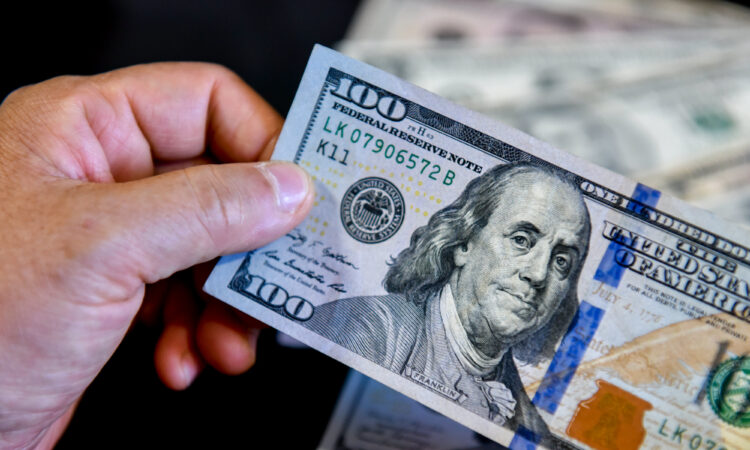
“Technically, the dollar index did enough damage over the last two weeks to really suggest a breakdown. So the dollar’s heyday is done and we’re now looking at a softer dollar,” said Amo Sahota, director at FX consulting firm Klarity FX in San Francisco.
“But we have to be careful here. If you get too aggressive on the softer dollar outlook primarily because you think U.S. rates are going to be cut, the Fed will have something to say about that.”
U.S. rate futures on Monday showed a roughly 23% chance that the Fed may begin easing monetary policy as early as March, according to the CME Group’s FedWatch Tool. That probability rises to about 50% in May.
Investors are also looking to a slew of events and data this week that could determine the future path of interest rates globally.
A postponed OPEC+ meeting, the release of the Fed’s preferred gauge of inflation – the personal consumption expenditures (PCE) price index – as well as consumer price data in the euro zone and Australia fill this week’s calendar. The market is also eyeing a rate decision from the Reserve Bank of New Zealand and Chinese purchasing managers’ index (PMI) data.
In other currencies, the euro was up 0.2% against the dollar at $1.0953. On the month, the euro has gained about 3.6%, on pace for its largest monthly rise in a year.
Europe’s single currency showed little reaction to ECB President Christine Lagarde’s remarks saying that euro zone inflation pressures are easing but wage growth is still strong, so the ECB’s fight to contain price growth is not yet done.
Against the yen, the dollar fell 0.6% to 148.59 yen. For the month of November, the U.S. currency has fallen about 2%, set for its biggest monthly fall since February.
The dollar extended losses after data showed U.S. new home sales fell more than expected in October, dropping 5.6% to a seasonally-adjusted annual rate of 679,000 units. September’s sales pace was revised lower to 719,000 units from the previously reported 759,000 units.
“I don’t see much potential for a turnaround until later this week when Q3 GDP (gross domestic product) numbers are released Wednesday morning,” said Helen Given, FX trader, at Monex USA in Washington.
“If the U.S. economy can show sustained growth, rather than a sudden sharp downturn as some major economists have predicted, we could see a reversal and some dollar strength to end the month.”
Elsewhere, sterling rose to a more than two-month high of $1.2644, extending its gains from last week following data showing British companies unexpectedly reported a marginal return to growth in November after three months of contraction.
The pound was last up 0.2% at $1.2628.
The Australian dollar climbed to a more than a three-month high against the greenback of US$0.6614, while the New Zealand currency was up 0.3% at US$0.61 before the RBNZ interest rate decision on Wednesday. The RBNZ is expected to keep its official cash rate unchanged at 5.5%.
In China, the yuan slipped after the official midpoint snapped five straight sessions of strengthening, with the onshore yuan last at 7.1528 per dollar. Its offshore counterpart fell 0.1% to 7.160 per dollar.
In cryptocurrencies, bitcoin fell 1.6% to $36,881.




